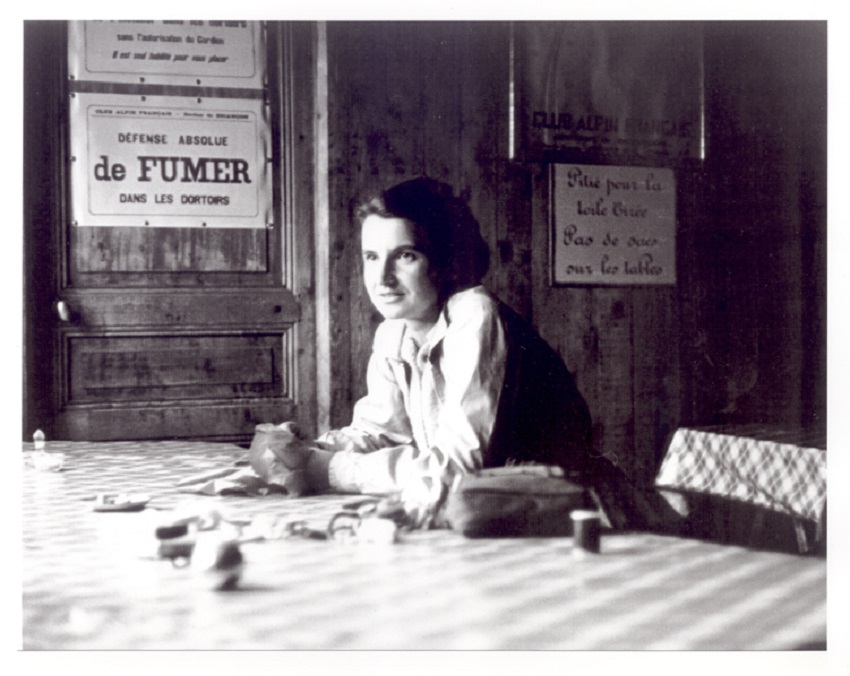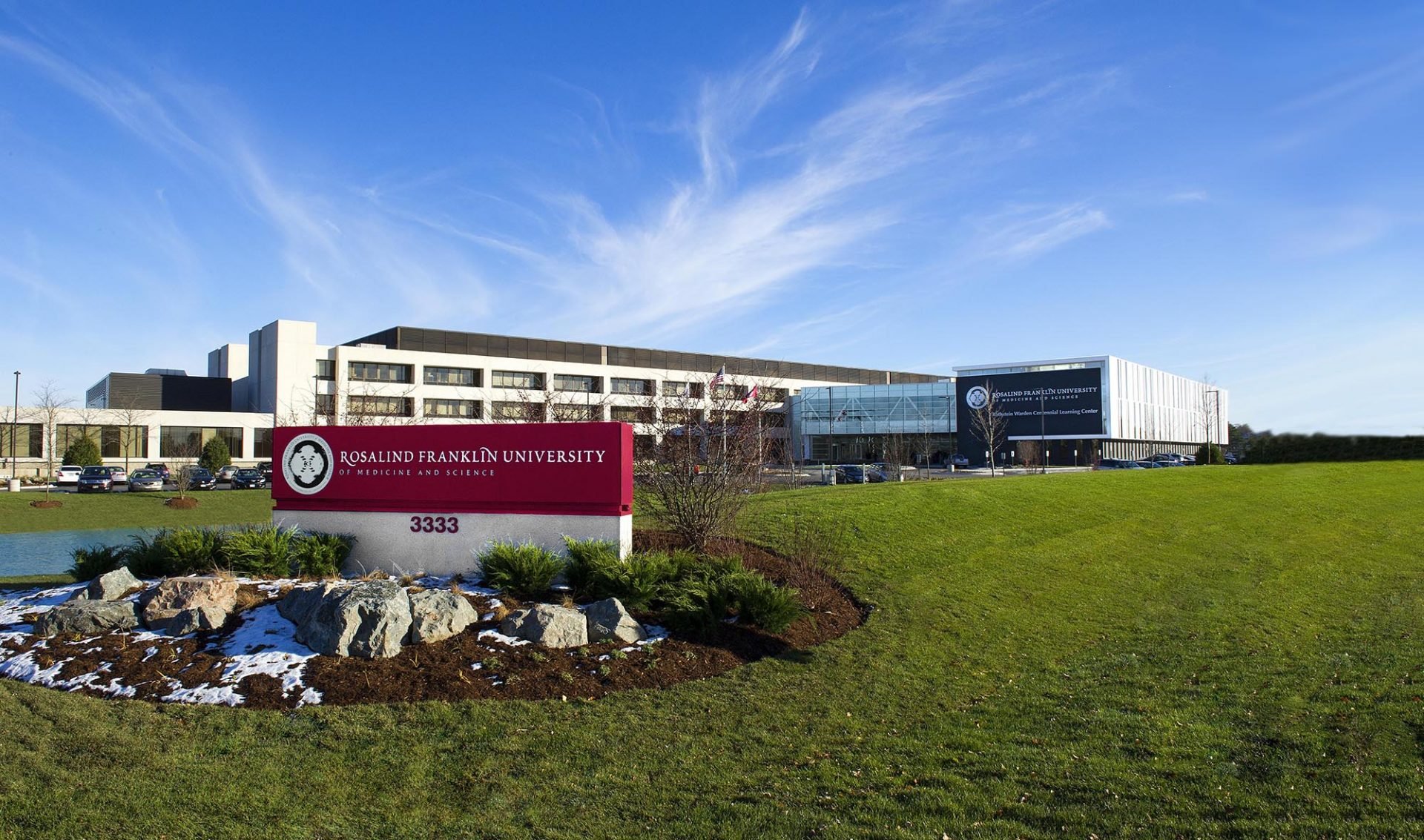In 1887, American-Jewish physicist Albert Abraham Michelson developed the interferometer, a remarkably precise system for measuring the speed of light rays. Two decades later, another Albert – Albert Einstein – used Michelson’s system to discover the theory of special relativity.
It’s a fair bet that none of you have heard of Michelson. His portrait is unknown; his name has not become synonymous with genius; and if you google him, you’ll get very few results.
He is not alone. Many fine men and women have been crushed under the wheels of history. These anonymous figures took a hit on behalf of progress and received no credit for their genius. Siegfried Marcus invented the automobile a decade and a half before Karl Benz grabbed the glory. Belgian priest George Lemaitre discovered that the universe expands several years before Edwin Hubble got the credit. Saint-Simon and Charles Fourier contributed the concepts of socialism before Marx and Engels. And let’s not forget the original augurs of Zionism – Moses Hess and Rabbi Kalischer – who were there long before Herzl took his flight of fancy to Altneuland. Their names are just a drop in the bucket.

Rosalind Franklin was born in 1920 to an aristocratic London family. Franklin’s childhood friend told BBC Radio that there was a warm family atmosphere in the Franklin family home in Notting Hill, and that Rosalind’s many cousins – who also lived in the posh neighborhood – were frequently present in her home. The Franklin family was British upper-class crème de la crème. Herbert Samuel, the First High Commissioner for Palestine, was her father’s uncle. Their Anglo-Jewish elite established a network of business connections, marriages, and friendships, and nonetheless maintained a deep affinity for their People. In the 1930s, Rosalind’s parents housed many Jewish refugees from Germany in their expansive home and launched philanthropic aide to Eastern European Jews.
Franklin’s personality and outstanding self-esteem as a teenager was shaped by her excellent education, membership in an elite Anglo-Jewish club, the warm and nurturing environs in which she grew up, and her close ties to her parents and four siblings.
Franklin had reason to be proud of herself. From a young age, it was obvious to all that the avid little girl was nothing less than a diamond in the rough. When she was six, her aunt Helen Bentwich said that “Rosalind was frightfully smart.” Her friends at the private Saint Paul girls’ school said that she excelled in every field – from cricket to literature and science. She wasn’t shy, and a childhood friend recalls that whenever someone said something stupid, she would burst out laughing. Her arrogance would one day become her Achille’s heel.
At 16, Franklin decided to devote her life to science. Her advance in that field was dizzying. She completed a bachelor’s degree with honors at Cambridge University and completed her doctorate in carbon research at age 25. After a number of years in a Paris laboratory, Franklin surrendered to pressure from her family to return to London. In Paris, Franklin specialized in X-ray crystallography – a technique in which x-ray beams are shot through a crystal to project physical interference onto a screen. That specialty made her a highly desirable researcher. Among many jobs she was offered, she finally chose a research position in a laboratory in London’s prestigious Kings College.
Franklin focused on the structure of DNA. Her ambition, determination, and devotion to the Sisyphean measurement required to achieve an accurate picture of DNA’s structure quickly roused the envy of her colleagues in the lab. Maurice Wilkins, the deputy head of the laboratory, was particularly jealous. The introverted Wilkins was put off by his new researcher’s excessive confidence and by the character of the woman whom he dismissively called “Rosie” behind her back. He shot down anyone who thought differently of her. Her unbridled motivation, contrariness, and impatience for mistakes – the very traits that made Franklin a quality researcher – drew the wrath of her colleagues in the lab. But the more isolated Ms. Franklin became, the more motivated she was to isolate the structure of DNA. One night, it finally happened. A perfect picture finally appeared on the interference screen and Franklin tagged it “Photo 51.”
The Jewish scientist was unaware that she had discovered the structure of DNA. Wilkins, however, realized the potential of Photo 51, and without Franklin’s permission showed them to two of his science colleagues – Francis Crick and James Watson of Cambridge University. With the help of Photo 51 and Wilkins, Watson and Crick succeeded in determining the 3D structure of DNA. Understanding the structure to be a di-cylindrical helix, the three of them constructed a metal 3D model of DNA. They published the results of their research in Volume 171 of the “Nature” scientific journal on April 25, 1953. And the rest is history.
Rosalind Franklin’s story could have ended in tragedy and injustice. But to her fortune, one of the players in this drama was more big-headed than her. That was, of course, James Watson, who published “The Double Helix” in 1978, a book that outlines in great detail the history of determining the structure of DNA and emphasizes his own significant role in that discovery. Whether for some bizarre reason or because of his own pangs of guilt, Watson portrayed Franklin in his book as a single, manipulative witch with terrible taste in clothes and a penchant for scientific dogmatism.
Watson’s overkill regarding Franklin raised the suspicions of science historians, who began to investigate the story in depth. The story behind Photo 51 and its tremendous contribution to unraveling the structure of DNA was thus exposed. Watson’s curse turned into a blessing.
Unlike Michelson, Franklin earned recognition and her name is known throughout the world. She unfortunately did not live to enjoy that. Ten years before the book was published, she died of ovarian cancer at age 37 – a lonely anonymous genius.
